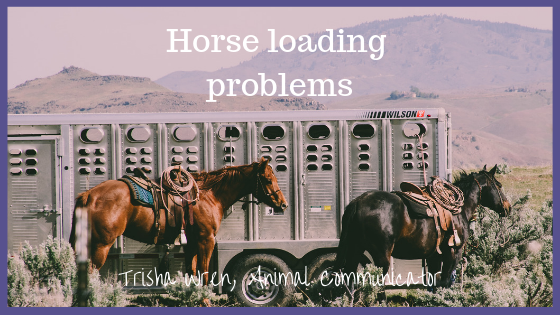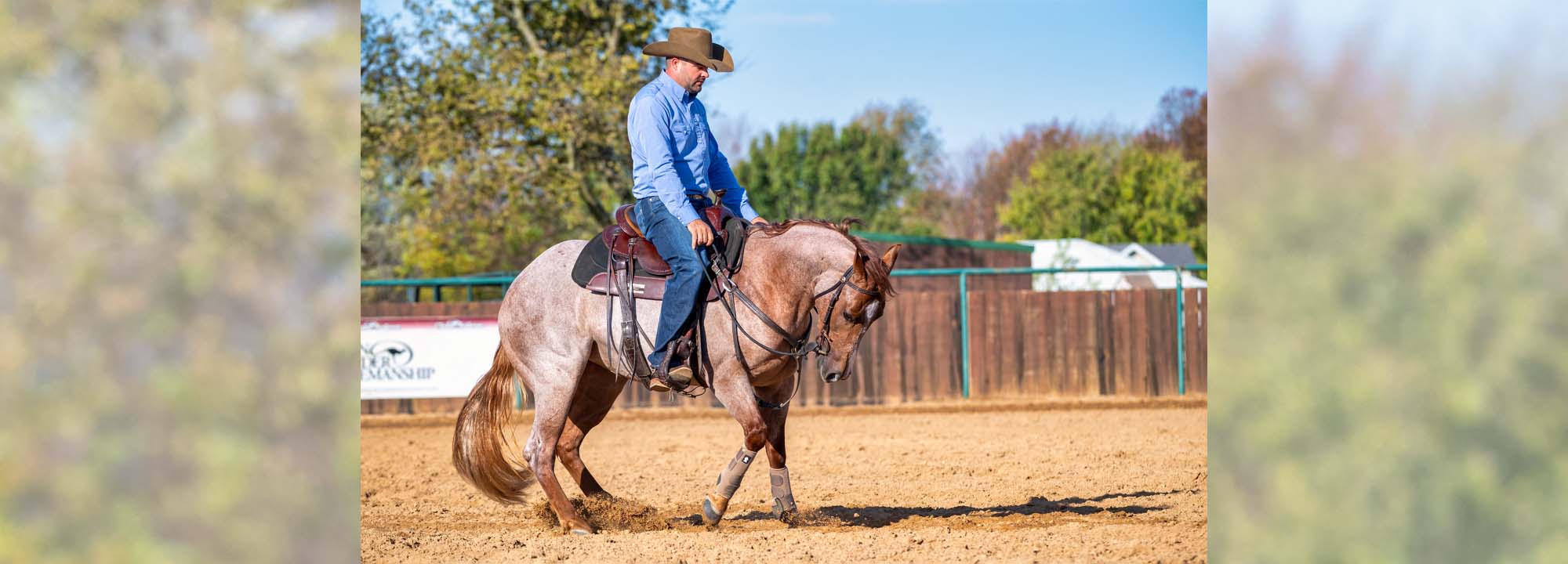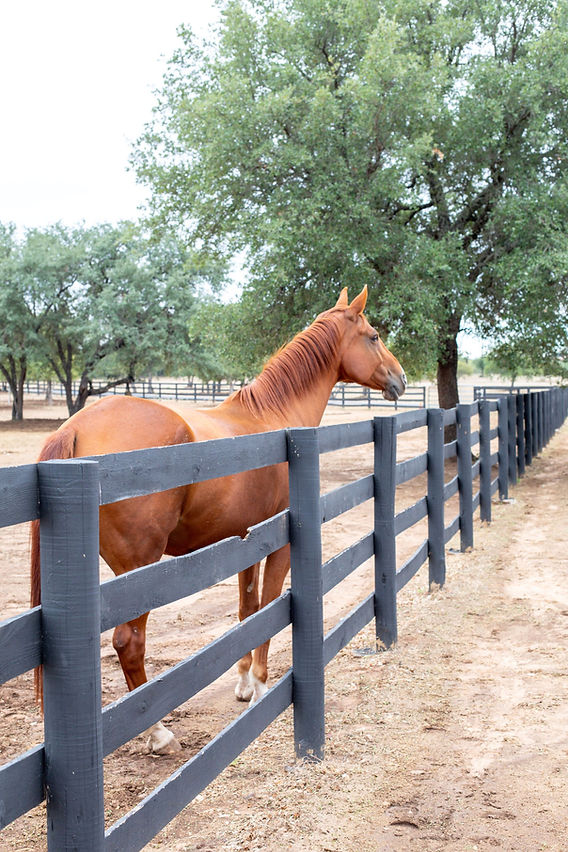Overcoming Fear of Plastic and Tarps for Your Horse

Horses are naturally cautious animals, and many can develop a fear of unfamiliar objects such as plastic sheets and tarps. This fear can cause stress and dangerous reactions, but with patience and the right approach, you can help your horse become comfortable around these materials.
Understanding the Fear

Plastic and tarps are often noisy, reflective, and unpredictable in movement, which can startle horses. Their natural flight response is triggered by sudden sounds or movements, making these materials particularly challenging.
| Factor | Description |
|---|---|
| Noise | Rustling sounds can be alarming |
| Movement | Flapping in the wind appears unpredictable |
| Appearance | Shiny or reflective surfaces can confuse horses |
Step-by-Step Desensitization Process
- Introduce Slowly: Start by placing the tarp or plastic on the ground away from your horse. Allow them to observe it without pressure.
- Positive Association: Use treats and calm praise when your horse shows curiosity or calm behavior near the tarp.
- Gradual Contact: Gently move the tarp closer over several sessions, encouraging your horse to sniff and touch it.
- Controlled Exposure: Once comfortable, try lightly flapping the tarp while rewarding calmness.
- Regular Practice: Consistency is key; repeat these steps regularly to build confidence.
Tips for Success
- Always remain calm and patient.
- Avoid forcing your horse to confront the tarp too quickly.
- Use a familiar handler to provide reassurance.
- Practice in a safe, enclosed area.
FAQ
Q: How long does it take to overcome this fear?
A: It varies by horse, but consistent, gentle exposure over weeks is typical.
Q: Can all horses learn to be comfortable with tarps?
A: Most horses can, but some may require more time or professional help.
Q: What if my horse panics?
A: Step back to a previous stage and proceed more slowly.
Summary
Helping your horse overcome fear of plastic and tarps improves their confidence and safety. With patience, positive reinforcement, and gradual exposure, you can turn a frightening experience into a manageable one.
Would you like me to help enhance the tone to be more conversational, add more detailed safety precautions, or include real-life case studies?
